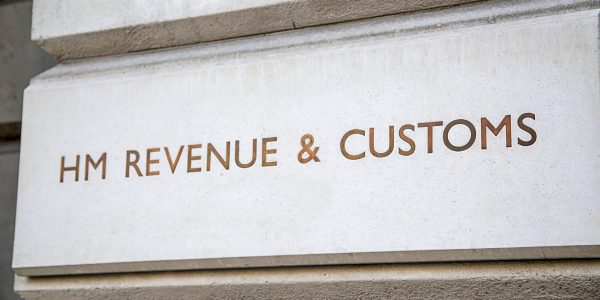
Disclaimer: Policies discussed are as of the January 8 2016 changes to the HM Revenue and Customs VAT MOSS guidelines for E-Commerce businesses in the United Kingdom. All UK VAT and VAT MOSS guidelines can be found here.
In 2015, as an answer to large companies driving sales through countries with low VAT rates, the European Commission issued changes to VAT laws forcing E-Commerce businesses to apply VAT rates to their digital services based on the consumer’s location in the European Union, as opposed to the business’.
In essence, the same £100 service would now be £120 if sold to a customer in the UK (20% VAT rate), £121 if sold to a customer in Spain (21% VAT rate), and £124 if sold to a customer in Finland (24% VAT rate). This proposed an immediate problem for every E-Commerce business across the EU- there were 28 different countries with 81 different VAT rates, the prospect of accomplishing the admin work alone seemed insurmountable. As opposed to registering for VAT in every country your business sold a product in, the EC offered the highly attractive option of registering instead for a VAT Mini One Stop Shop (VAT MOSS) to E-Commerce businesses. While VAT MOSS did solve a huge problem for e-commerce businesses across the EU, much confusion arose and remains about its exact operation and regulations.
What to Know & When to Register
The main goal of VAT MOSS is to simplify things for the business, and it only applies to business to consumer sales of digital services. If you aren’t sure if your product qualifies as a digital service, HMRC defines them in extensive detail here.
VAT MOSS was introduced as a platform to distribute quarterly VAT returns directly to each country digital services are sold in, as opposed to you submitting VAT reports individually to each country. VAT MOSS requires you to submit one return quarterly that identifies your business’ total VAT accumulation in each country digital services were sold.
In order to register, your business must already be VAT registered in each country you have a fixed establishment. There are no thresholds for the new VAT laws, so even if your business falls under the £82,000 UK VAT threshold, you must still pay VAT on digital services sold in other countries. This means if you own a micro e-commerce business under the threshold, then you must voluntarily register for VAT (don’t worry, you won't have to pay VAT on services sold in the UK) in order to use VAT MOSS.
Remember, you only need to register for business to consumer sales of digital services. A consumer is any person or business that is not VAT registered, so if you are selling services to a business that is not VAT registered, you must treat it as a business to consumer sale. There are also exemptions if your sales fall under non-business activities, which are explained here.
VAT MOSS Returns
HMRC requests when using the VAT MOSS scheme that your business keeps records of each sale for up to 10 years. These records must include the member state of sale or the member state of consumption, the date, the taxable amount and currency, the VAT rate applied, the VAT due and currency, the payments received, the invoice issued, and the information used to determine the customer’s location. The list seems extensive, but most of the information is required on your service invoice. Apart from the data on your invoice, documentation of the customer’s location is the primary record that must be kept. Most businesses must keep two sources of information, but businesses under the UK VAT threshold only need to keep one. This may be information provided by the payment service provider, an IP address, billing information, etc. Almost any documentation that confirms your customer’s location will suffice.
When filing your VAT MOSS return each quarter, you will require, for each member state services were sold in, the VAT rate type (standard or reduced), the VAT rate percentage, and the total of all taxable digital services sold. You must also submit a separate VAT return for services sold in the UK (micro-businesses who had to voluntarily register for VAT may submit nil returns). If you are leery about filing your first return, the HMRC provides a detailed walkthrough for first-timers using the VAT MOSS scheme.
While VAT MOSS remains imperfect, as evidenced by continual EC gatherings and amendments to the laws, learning to use it has become essential to reporting and paying VAT returns across the EU. It is our hope that some of the trepidation regarding VAT MOSS has been alleviated, and that you now possess an understanding of the benefits VAT MOSS can have for your e-commerce business.
Read more articles
- Log in to post comments
